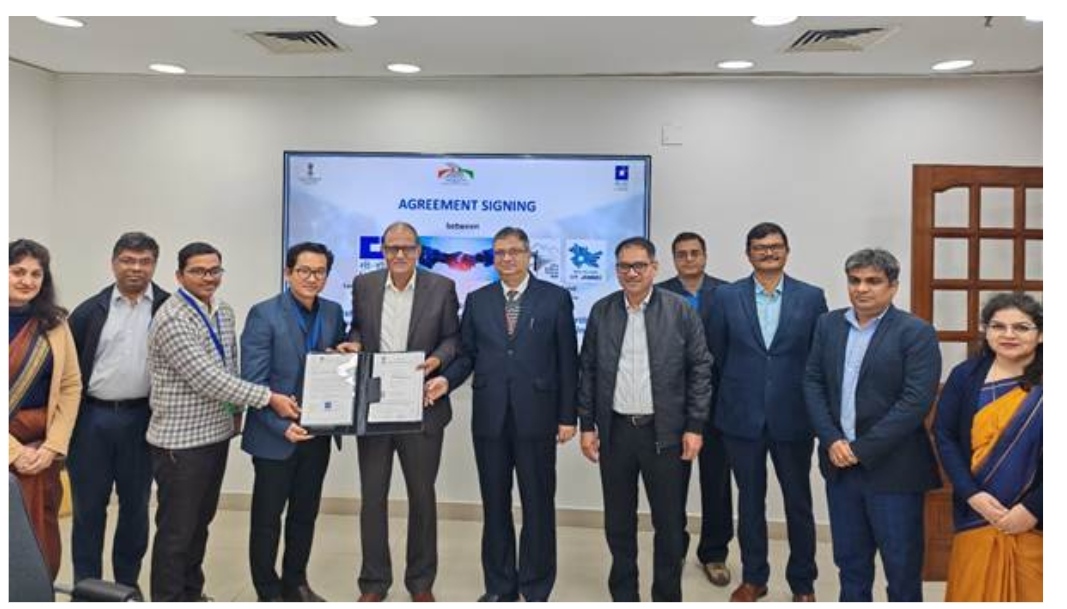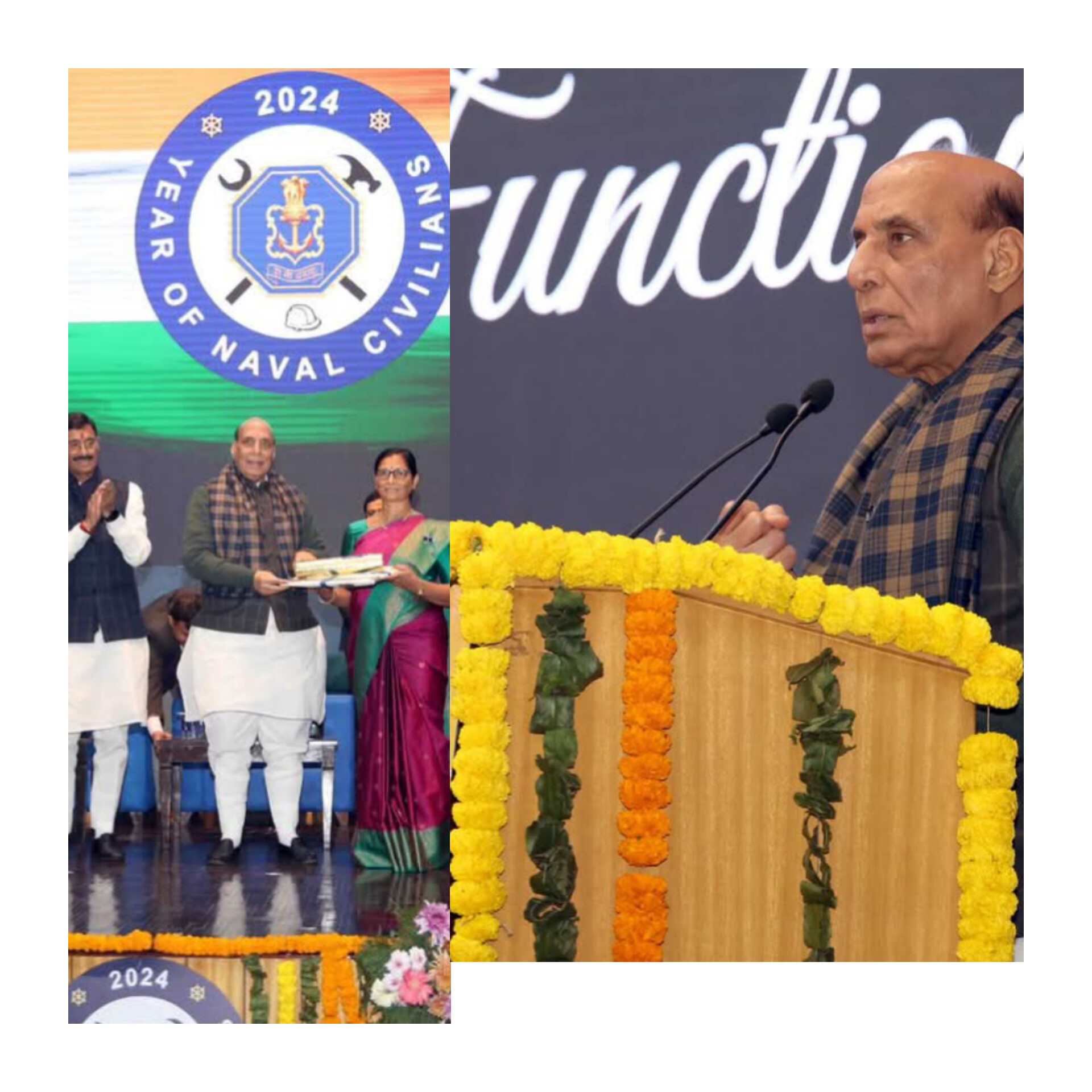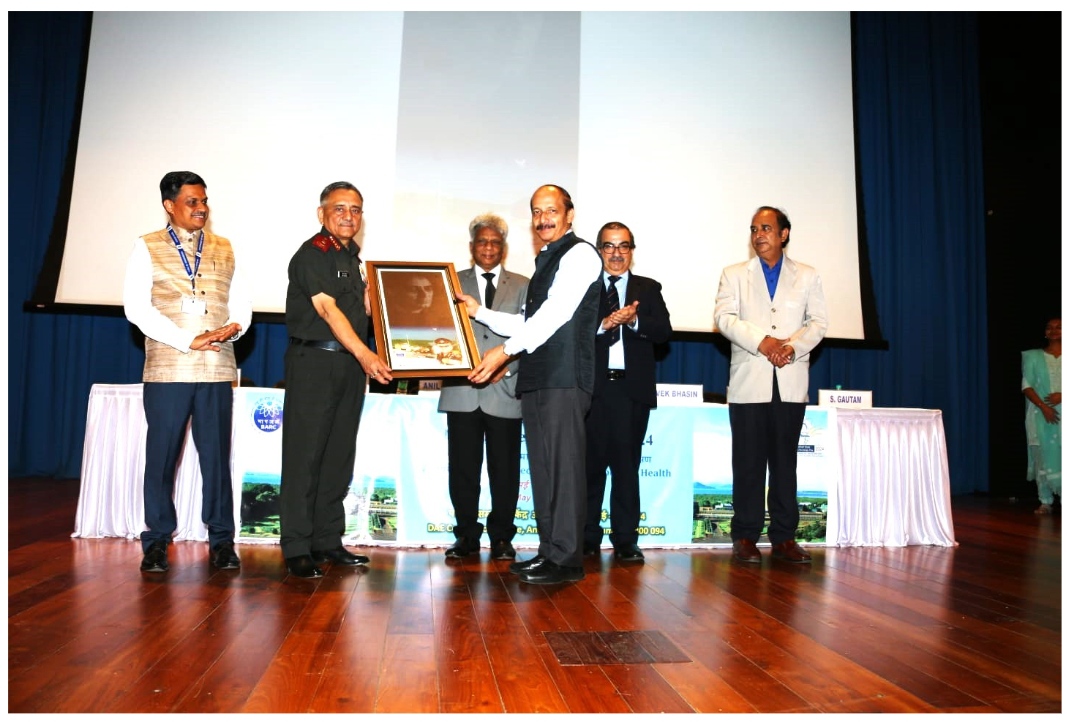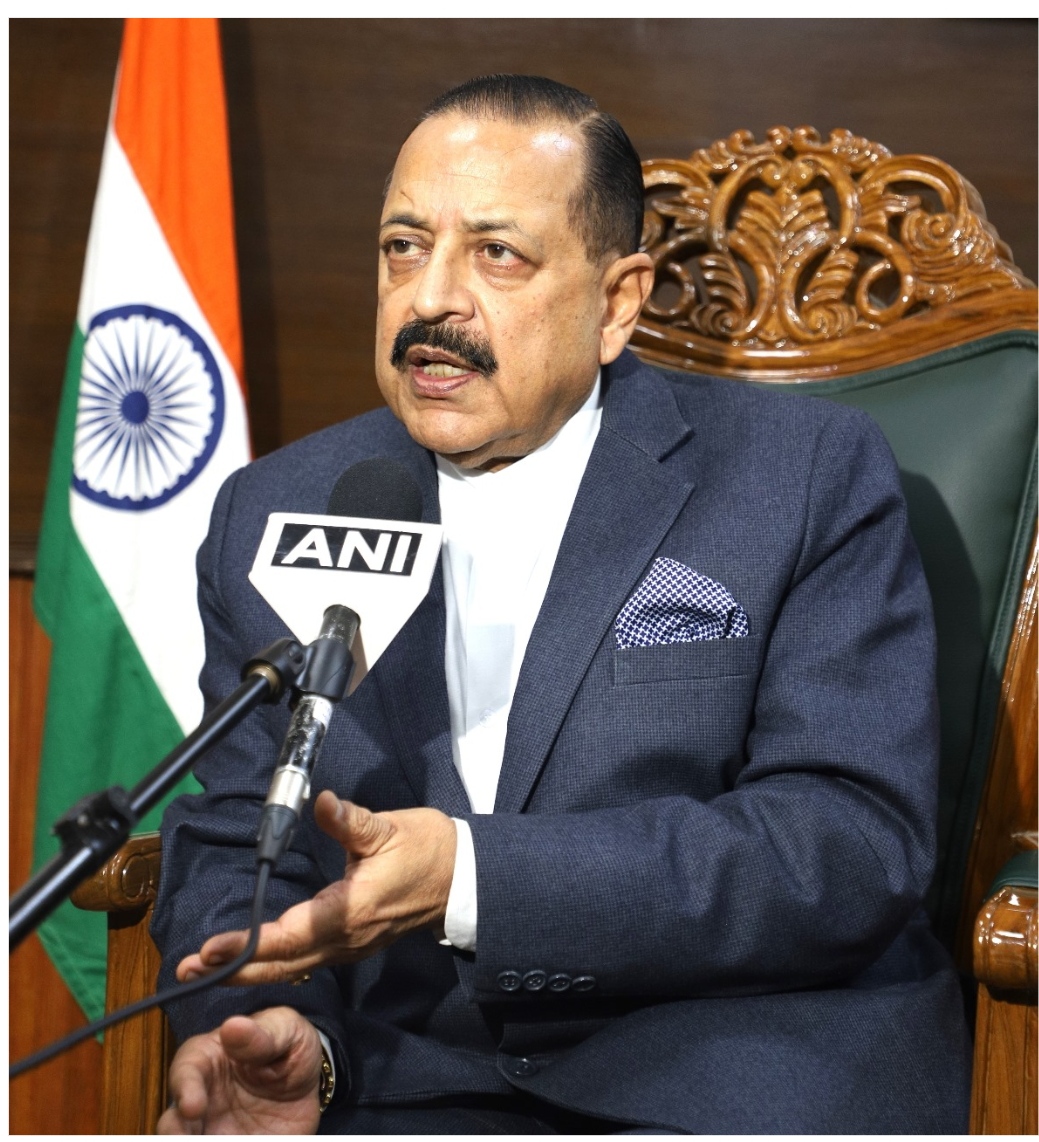C-DOT and IIT Mandi Collaborate on Indigenous Wideband Spectrum Sensor Chip Development.
New Delhi:
In a major leap towards advancing India’s telecommunications technology, the Centre for Development of Telematics (C-DOT), a premier R&D institution under the Department of Telecommunications (DoT), has signed a groundbreaking agreement with the Indian Institute of Technology Mandi (IIT Mandi), in collaboration with IIT Jammu. This partnership aims to develop a “Wideband Spectrum-Sensor ASIC Chip” designed to enhance spectrum utilization in dynamic spectrum access (DSA).
The agreement, finalized under the Telecom Technology Development Fund (TTDF) scheme by the Government of India, is a key step in empowering Indian startups, academia, and research institutions to create innovative telecom solutions. The TTDF fund, which supports the design, development, and commercialization of telecom products, plays a crucial role in ensuring affordable broadband access across India, especially in bridging the digital divide in rural areas.
The project’s primary objective is to develop a wideband spectrum sensing (WSS) algorithm that can detect unused spectrum “holes” and leverage them for efficient broadband service delivery. By enabling cognitive radio users to adapt to their environment without interfering with primary network users, the initiative aims to dramatically improve spectrum efficiency, particularly in under-served rural regions.
Key aspects of the project will include the design of communication algorithms optimized for hardware, aimed at detecting and utilizing under-utilized spectrum bands above 2 GHz. This will help boost the overall efficiency of communication systems. Additionally, the project will focus on developing efficient hardware architectures capable of fast spectrum sensing, high data throughput, and improved hardware efficiency.
A major innovation will be the creation of a wideband cognitive radio module designed for the 6 GHz satellite band (5.925–7.125 GHz), which will be used for spectrum sensing and communication. These technologies will first be emulated in a field-programmable gate-array (FPGA) environment, followed by the creation of an application-specific integrated circuit (ASIC) semiconductor chip for better spectrum management.
The collaboration was formalized during a ceremony attended by Dr. Raj Kumar Upadhyay, CEO of C-DOT, Dr. Rahul Shrestha from IIT Mandi, Dr. Rohit B. Chaurasiya from IIT Jammu, along with C-DOT directors Dr. Pankaj Kumar Dalela and Ms. Shikha Srivastava.
Dr. Upadhyay highlighted the importance of indigenously developed spectrum sensing technologies in addressing the unique needs of India’s telecommunications sector, reinforcing C-DOT’s commitment to the “Atmanirbhar Bharat” (Self-Reliant India) vision. Dr. Shrestha and Dr. Chaurasiya also expressed their dedication to advancing dynamic spectrum access through novel algorithms and hardware modules, aligning their efforts with the Government’s Make-in-India and India-Semiconductor Mission initiatives.
This collaboration represents a significant step forward in India’s pursuit of cutting-edge telecommunications technologies and its efforts to become self-reliant in semiconductor and telecom innovations.




